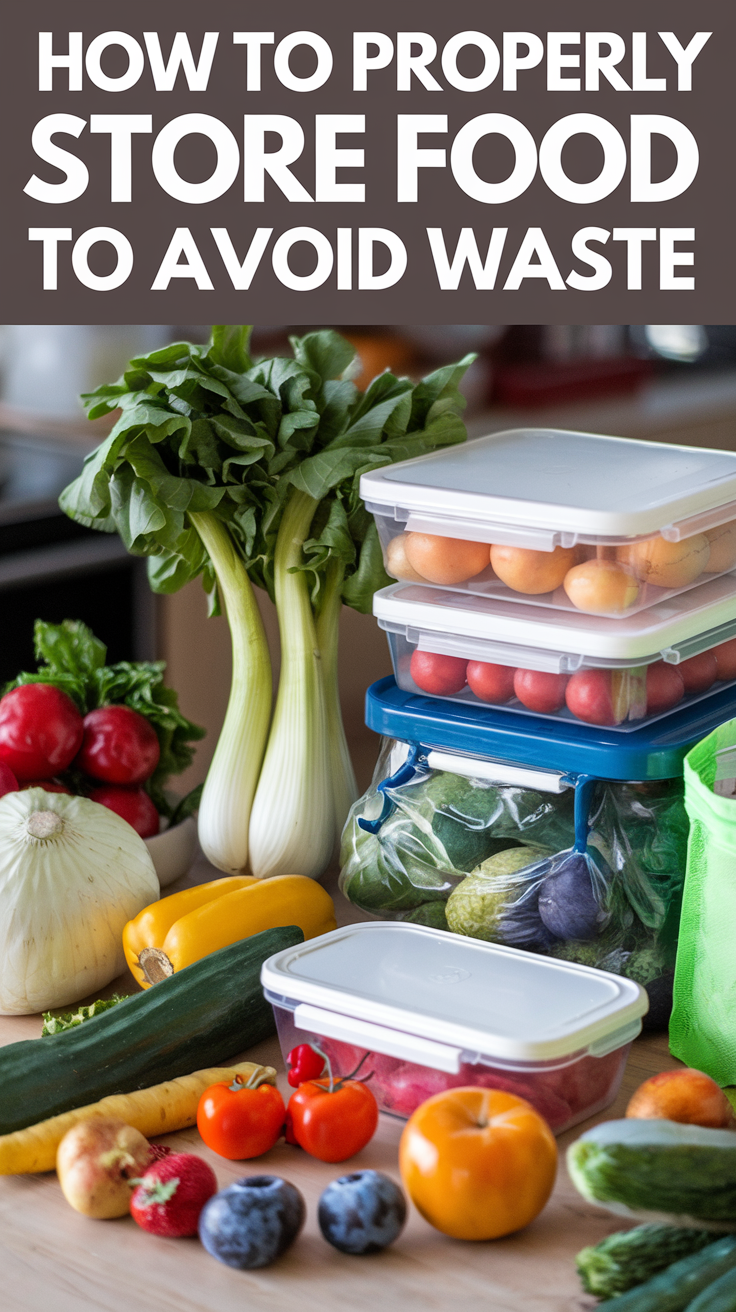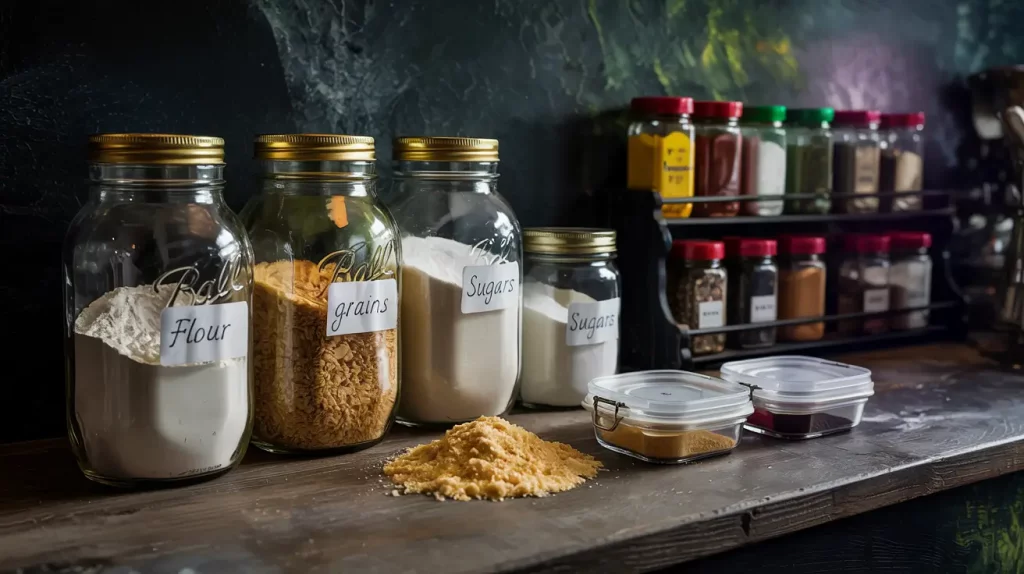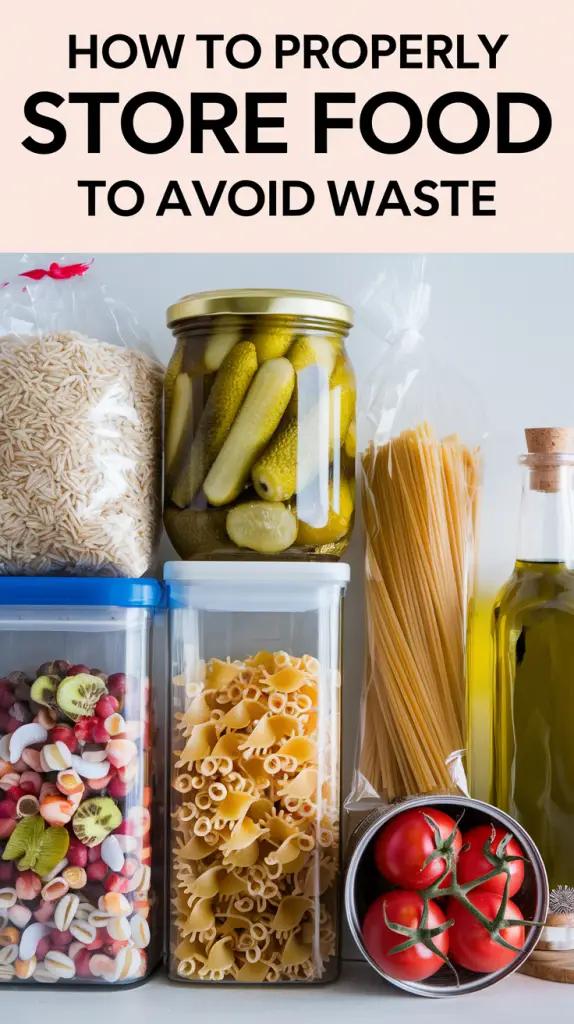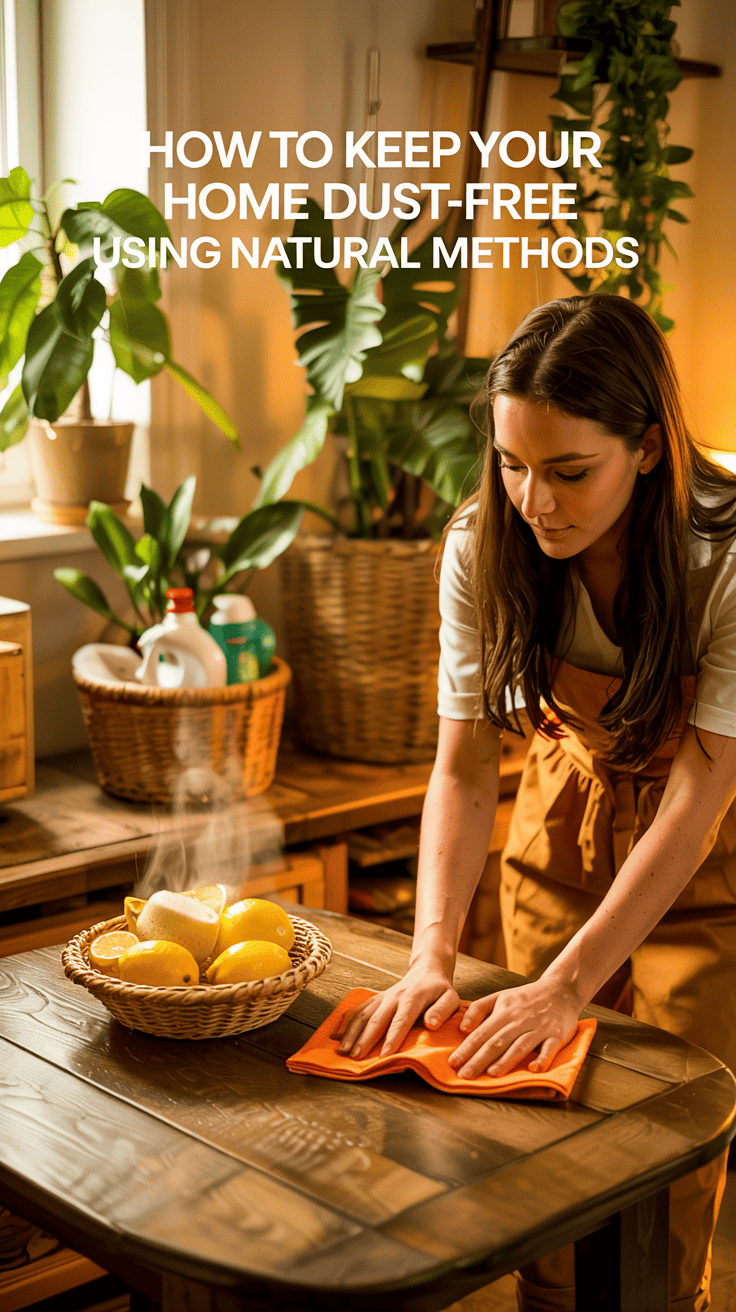How to Properly Store Food to Avoid Waste in 2025: Simple Tips That Really Work

Not only does the average American household waste 20% of food it purchases in 2025, but it’s also contributing to a serious environmental problem. The upside is that most of that waste can be avoided with a few simple food storage techniques.
You are definitely not alone if your fridge looks like it is home to a rotting watermelon as well as expired takeout containers. Food waste is often caused by neglect, misplaced items, and outdated storage techniques. This guide will help you learn how to save money and lower your food waste at home.
Intended Audience
- Anyone wanting to adopt a more eco-friendly lifestyle
- Home chefs looking to avoid cost overruns
- Young adults ready to start managing their living space and serve their guests
- Restaurant or food truck owners hoping to minimize waste

In this article, smart habits, innovative gadgets, and the newest tips for organizing food clutter will be shared with the intention of keeping groceries fresh and minimizing waste.
Why Proper Food Storage Matters More Than Ever in 2025
Cutting food waste remains at the top of everyone’s agenda, especially for eco-friendly citizens, considering the current economic scenario. As of 2025, the price of food has risen by nearly 15% from the average food prices before 2020. This means that spoiled food is now more expensive than ever.
Making sure food is stored appropriately impacts much more than cleanliness and organization—it is about properly safeguarded food storage, preventing foodborne illnesses, making efficient consumption decisions, and waste reduction. Not to mention, fewer emissions in landfills helps reduce climate change.
How much food do you think you throw away in a week? Imagine cutting that number in half?
Basics of Storing Food
| Area | Ideal Use | Temperature (F) | |
|---|---|---|---|
| Top Shelf | Leftovers, drinks | 35-38°F | |
| Middle Shelves | Dairy, eggs, cooked meats | 35-40°F | |
| Lower Shelves | Raw meat, fish | 32-35°F | |
| Crisper Drawers (Low) | Leafy greens | 32-36°F | |
| Crisper Drawers (High) | Crisper Drawers (high) | Fruits and vegetables | 40 – 45°F |
| Door (Warmest area) | Condiments, juices, pickles | 38-42°F |
Placing food in the right order helps improve freshness and avoid contamination.
Moisture & Airtightness
Humidity is key in food storage hierarchy mo placing mushrooms in paper bags, and foliage in sealable jars makes airflow routine.
Smart Labeling & Rotation
Label, Containers in Order, HACCP. Rotating the food ordering system helps reduce mysterious leftovers that can snatch away your money.
5 Essentials for Organizing Your Fridge:
- Clear storage bins with labels
- Stackable glass containers
- Date markers or masking tape
- Cotton produce bags
- Fridge thermometer
Storing Different types of food. What Goes Where?
Not all produce belong in the fridge! Here’s a breakdown:
| Food Item | Where to Store | Tips |
| Apples | Fridge(drawer) | Keep Away from bananas. |
| Bananas | Counter | Seperate from other fruits. |
| Berries | Fridge (container) | Rinse only before eating. |
| Tomatoes | Counter | Refrigeration reduces flavor. |
| Leafy Greens | Fridge (sealed) | Put paper towel to soak up liquid |
| Potatoes | Cool, dark place | Do not store in the refrigerator |
| Onions | Pantry | Do not keep in the same container with the potatoes |
Meat, Fish & Seafood & Prepared Dishes
- Raw meat should always be on the bottom shelf in a sealed container.
- Cooked meals go on the middle shelf.
- Freeze raw meats if not used within 2 days.
- Don’t refreeze meat once it’s been thawed.
Grains, Spices, and Dry Goods
- Flour, grains, and sugars should be kept in a dark and cool cabinet in sealed containers.
- Spices are not as effective if kept in a hot area like the stove.
- Use mason jars, or food-grade plastics with tight lids to keep out pests.
Have you recently checked your spice rack? If they smell like dust, they’re probably expired.

Food Waste Reduction Habits
Making small changes leads to positive results. Start with these:
- Plan meals according to what is available.
- Put together a Consume Me Soon container in the refrigerator.
- Prepare vegetables right after going to the market.
- Put the rest of the food in transparent containers so they aren’t forgotten.
Food Waste checklist:
-
- Check fridge every Sunday for items that are close to expiration
- Put “eat me first” note on items
- Store extra meals or produce for later use
- Use fruits that are borderline spoiled for smoothies or baking
- Compost scraps that cannot be avoided.
How Food Storage will Change Tech in 2025
In the year 2025, Artificial Intelligence innovations in the smart home market such as poweraded accessories and eco-friendly storage will completely alter food management.
AI Capable Smart Refrigerator
New models of refrigerators are capable of scanning barcodes, checking if certain items are within reach of expiration, suggesting recipes, and keeping track of the items you have. Most advanced models send push notifications a while before food goes bad.
Packasing made from edible seaweed and banana leaves.
Exciting changes in seaweed based films are proposed for 2025 which aim in maintaining food freshness while also minimizing the use of plastic.
Remind and Inventory Mobile Applications
Attention grabbing apps like Too Good To Go and FridgePal do an excellent job at monitoring inventory in the fridge as well as sending alerts whenever food is about to expore. Some of them even sync with smart kitchen appliances.

Conclusions—Reducing Waste and Extending the Shelf-Life of Food
In 2025, technology awareness, organization, and food storage tech know-how are all key parts of food storing. Here is what matters the most:
- Identify your fridge zones and ensure to use them properly.
- Put fruits, vegetables, and meats in the right places enhanced by their appropriate environment.
- Everything needs to be labeled clearly, so put rotations of older labeled items rotating towards the front.
- Bio-friendly polymers and storage technology embrace civilization at large.
- Develop preemptive habits—plan, prep, and don’t forget to freeze.
💬 How are you currently storing your food at home? Any containers or tricks you swear by? We want to learn from you. Please share your tips in the comments.
📤 Remember to share this article to those looking to save and eat smart with friends.




